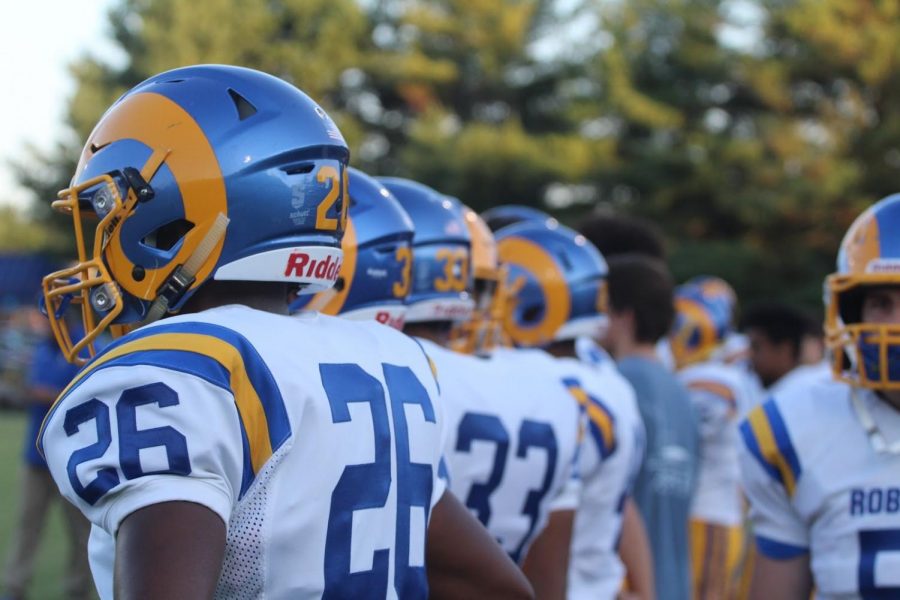Every Thursday, during “Good Morning Robinson,” a segment comes on encouraging all classes to bring their recycling bins to the main hallway. The segment shows an upperclassmen sliding through a pyramid of recycling bins on a sled. The majority of classes have full recycling cans, and every Thursday, the large recycling dumpsters outside the school are full. The initiative is the product of the school’s Environmental Club, and is county-sponsored
Over the past few years, the club’s goal has been to inform and educate the public about the real problems in our environment, such as global warming and mass pollution. Edna Patterson, club sponsor and teacher, said, through recycling, the club hopes to pass on the message.
“If you throw away one bottle, then you might not think it’s a big deal,” Patterson said. “But if 5,000 more people throw away one bottle, then it becomes a big deal.”
While the Environmental Club discusses many issues relating to the environment, its main issue is recycling. They have made posters, GMR segments and many other items to raise awareness. The first activity they completed this year was putting up posters and flyers, aiming to add new members and further expand the club’s recycling efforts.
“We need to rethink what we do and try and figure out how we can do things differently in ways that will help the environment,” environmentalist Jeanne Leckert said.
As the club’s initiative expanded in 2011, so did the materials they received. The school provided them with more small recycling bins, while the county provided the large dumpsters seen outside the school. It has grown from accepting only paper to plastic bottles, cans and other recyclable items. In the cafeterias, the yellow recycling bins routinely filled with juice cans and Powerade bottles.
The club meets every other Thursday in room E106A, but does not always have a large turnout. The focus of many of their meetings is to brainstorm ideas about how they can raise awareness and help the local environment. Their ideas cover a wide variety of topics, from cleaning up local parks and raising money for far away charities, to building a compost pile on school grounds.
Even though the Environmental Club does not have as many members as other school clubs, it has greatly rebounded from last year, where it was nonexistent. While there were efforts to revive it, they were unsuccessful. Even though there were no meetings, the recycling did go on and efforts expanded.
This year, the Environmental Club has begun the year by raising awareness about the real problems in our environment, such as global warming and the collapsing ozone layer. On the same posters, the message urges students to join the club and help with their initiatives.
While the Environmental Club currently does not have the largest membership (only two students went to its first meeting), it hopes this number will continue to grow and the challenges its members take on will become more effective in teaching the school and its students about the environment.




